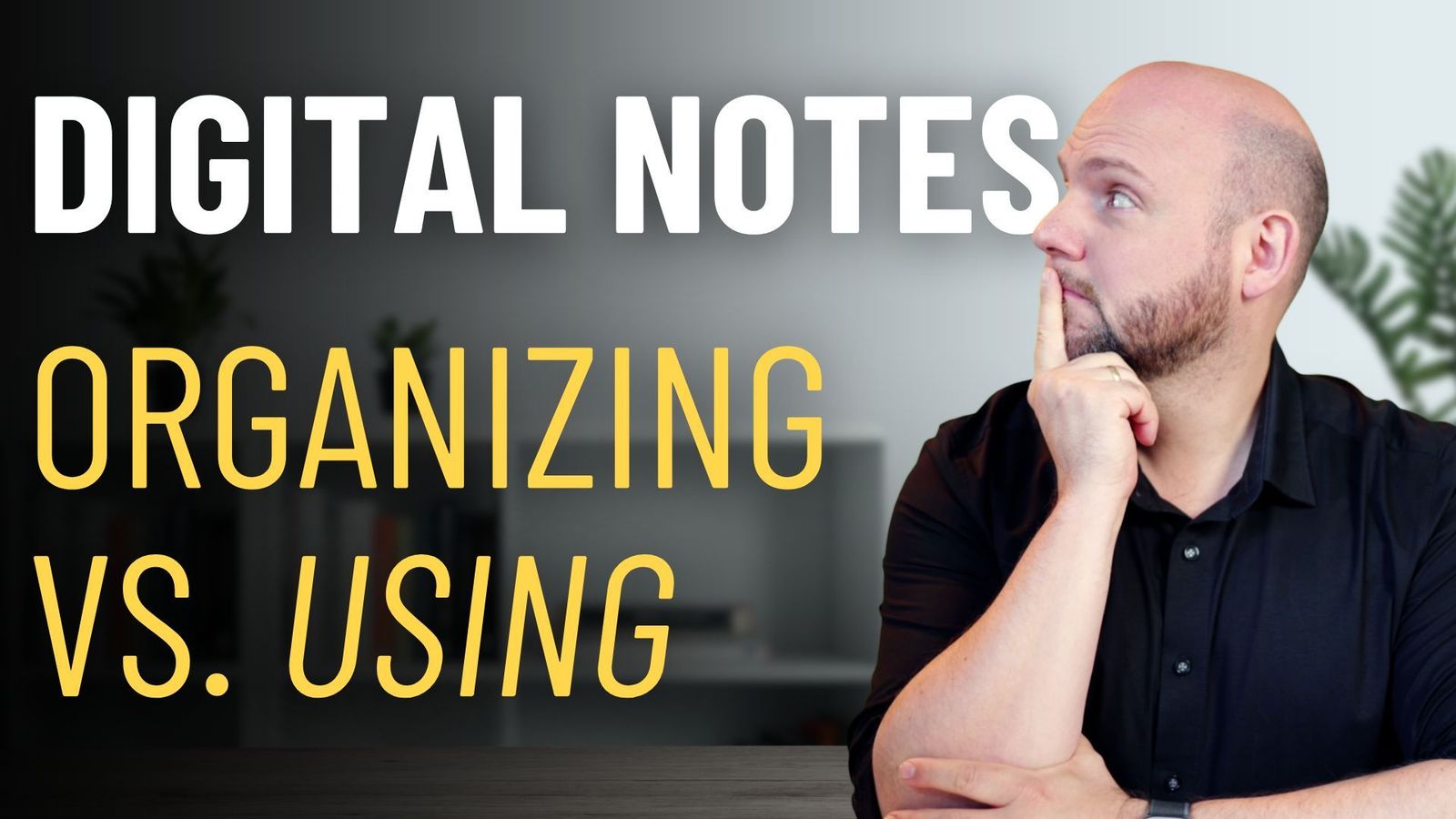Transitioning from shallow to deep thinking systems can significantly enhance productivity and idea development. Here, we explore how using Tana for initial idea capture and Heptabase for detailed analysis can create an effective workflow, transforming fragmented thoughts into actionable projects.
From Idea Incubator to Project Management in ClickUp
An efficient workflow begins with capturing ideas in a system like Tana, which excels at managing shallow thinking processes. Tana allows for a straightforward hierarchical organization of thoughts, making it ideal for initial brainstorming and structuring. However, as the complexity of the project grows, moving to a tool like Heptabase can help in visualizing relationships and deeper analysis.
Once ideas have matured, they can be converted into projects within ClickUp. For example, in the Paperless Movement®, ideas collected in the “Idea Incubator” are transformed into actionable projects. This approach not only keeps the team aligned but also ensures that no valuable insights are lost. ClickUp provides the structure needed to manage projects efficiently, whether they are recurring tasks or one-time projects with a defined end date.
Using Tana and Heptabase for Deep Thinking
Tana serves as a great starting point for shallow thinking, where initial ideas can be rapidly captured and organized. However, when these ideas become more complex, Heptabase offers a more visual and flexible approach to developing and understanding these ideas. The transition from Tana to Heptabase allows for a seamless shift from initial brainstorming to in-depth analysis.
In Heptabase, users can create a visual map of their ideas, moving elements around to see relationships and dependencies more clearly. This visual approach helps prevent the common problem of getting lost in hierarchical structures, which can happen when working exclusively with outliners.
Integrating Visual Tools and Text-Based Tools
Heptabase’s ability to integrate text and visual elements makes it a powerful tool for deep thinking. Users can write detailed text notes within the visual framework, making it easy to switch between high-level overviews and detailed content. This flexibility is particularly useful for complex projects that require both broad strategic thinking and detailed planning.
For example, while writing a book, the Paperless Movement® team uses Heptabase to organize chapters and concepts visually. This approach helps in maintaining clarity and coherence throughout the writing process. Once the structure is finalized, detailed scripts and content can be developed, ensuring that all aspects of the project are thoroughly considered and documented.
The Importance of Linking and Context
Maintaining context across different tools is crucial for productivity. By creating links between Tana, Heptabase, and ClickUp, users can ensure that all relevant information is easily accessible, regardless of the tool being used. This interconnected approach prevents information silos and makes it easier to revisit and update projects over time.
For instance, linking project tasks in ClickUp with detailed notes in Heptabase and initial outlines in Tana ensures that the entire team has access to the full context of a project. This approach not only improves efficiency but also enhances the quality of the work by ensuring that all insights and ideas are considered.
We invite you to explore the comprehensive productivity courses offered by the Paperless Movement® Membership, covering Note-Taking, PKM, Task Management, and Project Management. Join us here to elevate your productivity and master the art of digital organization.



